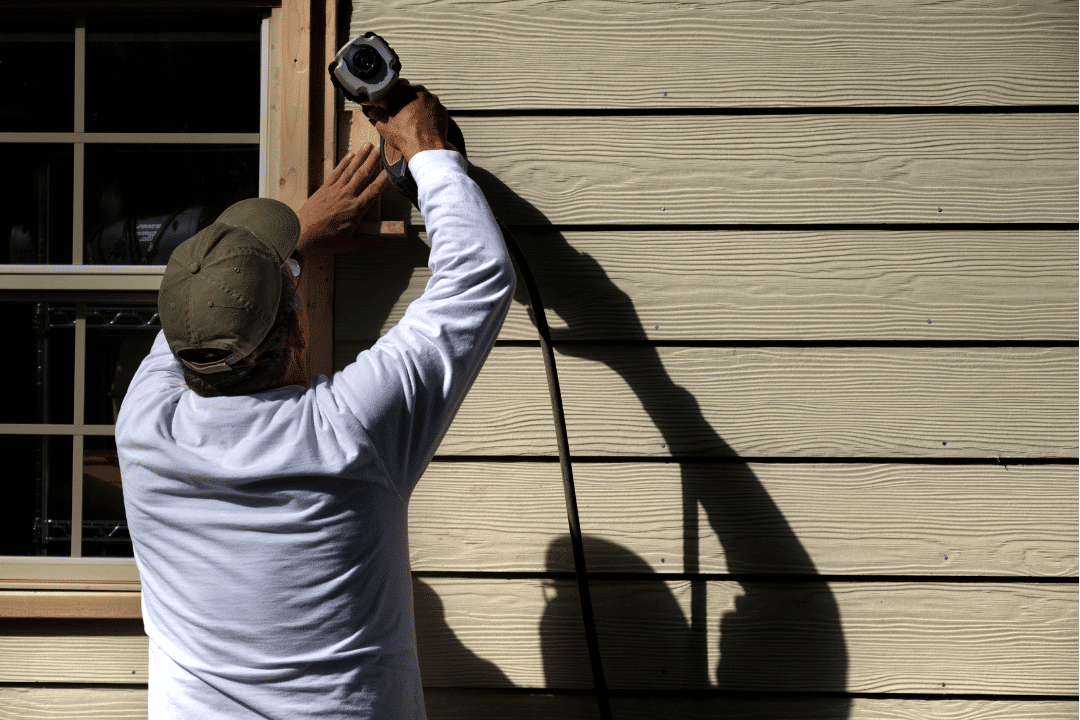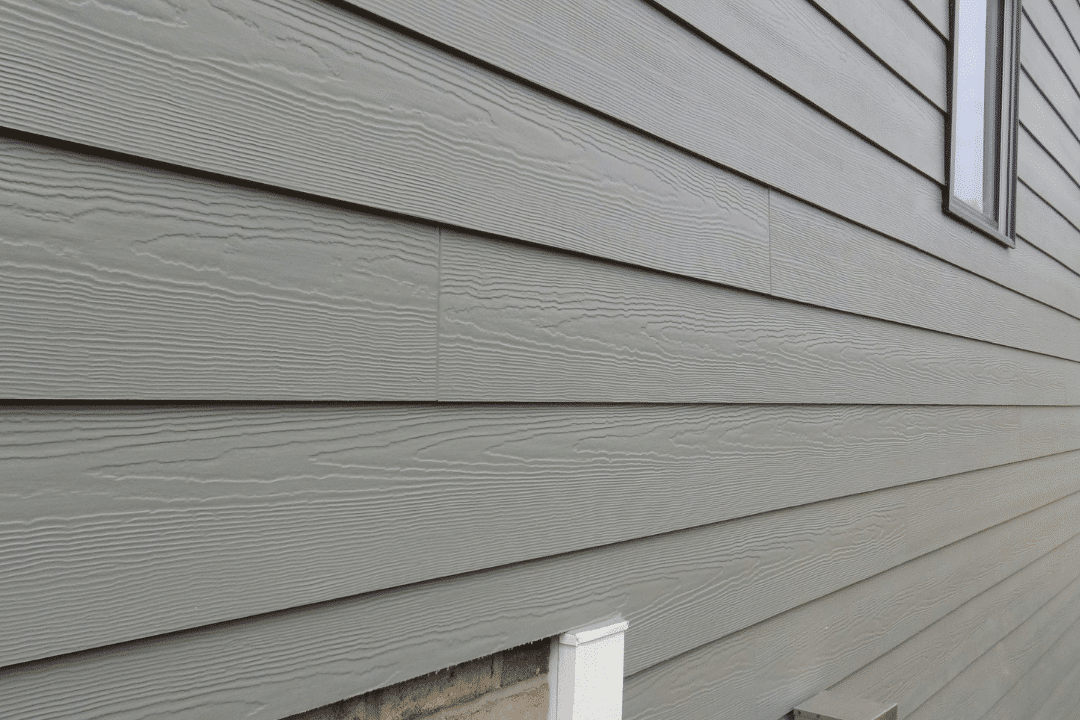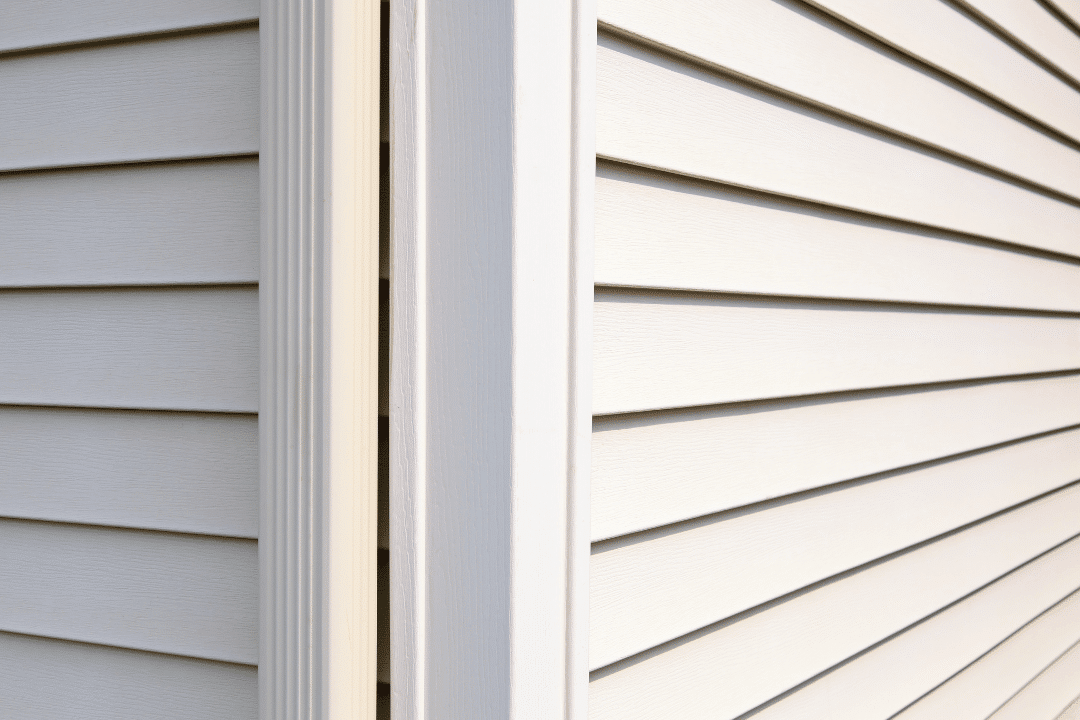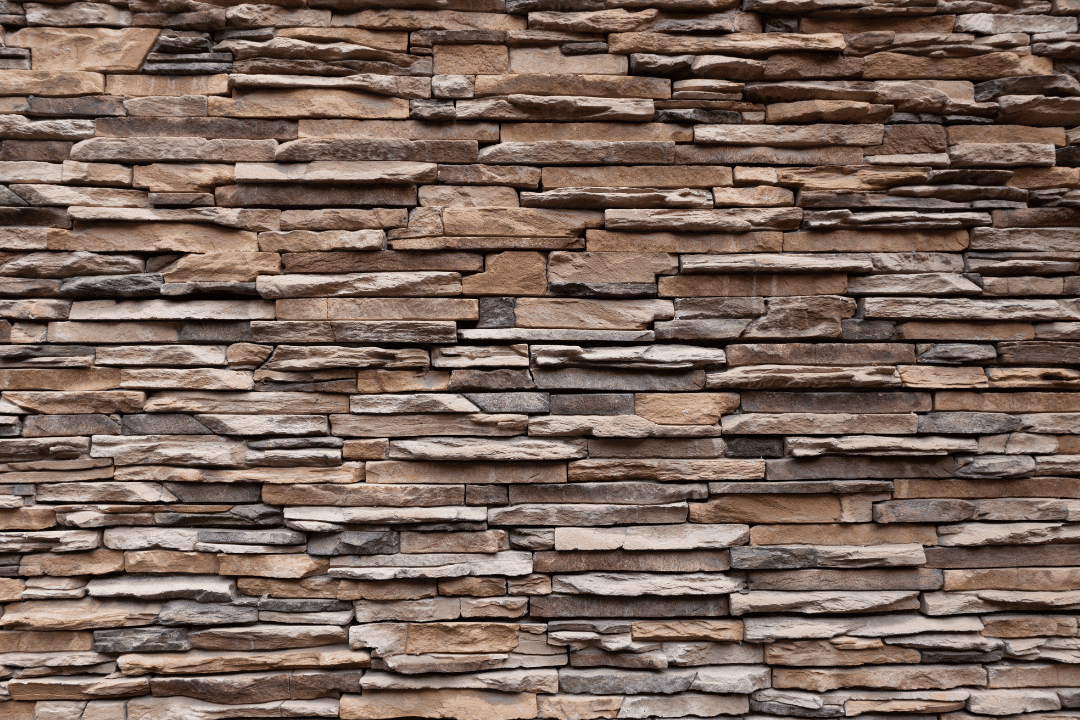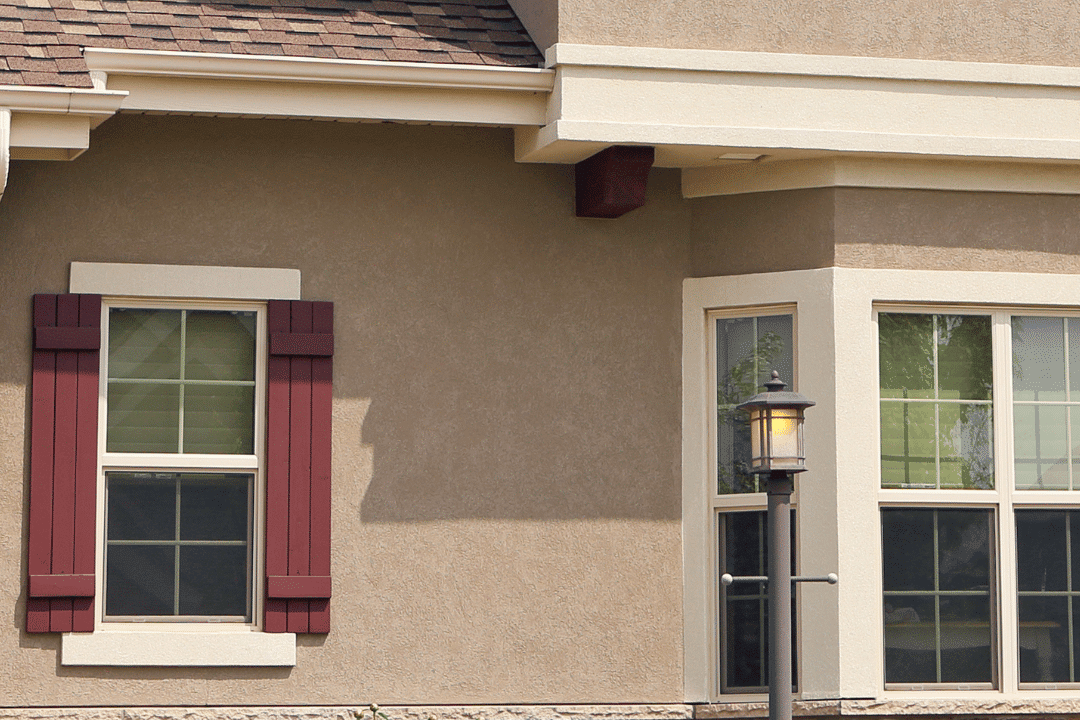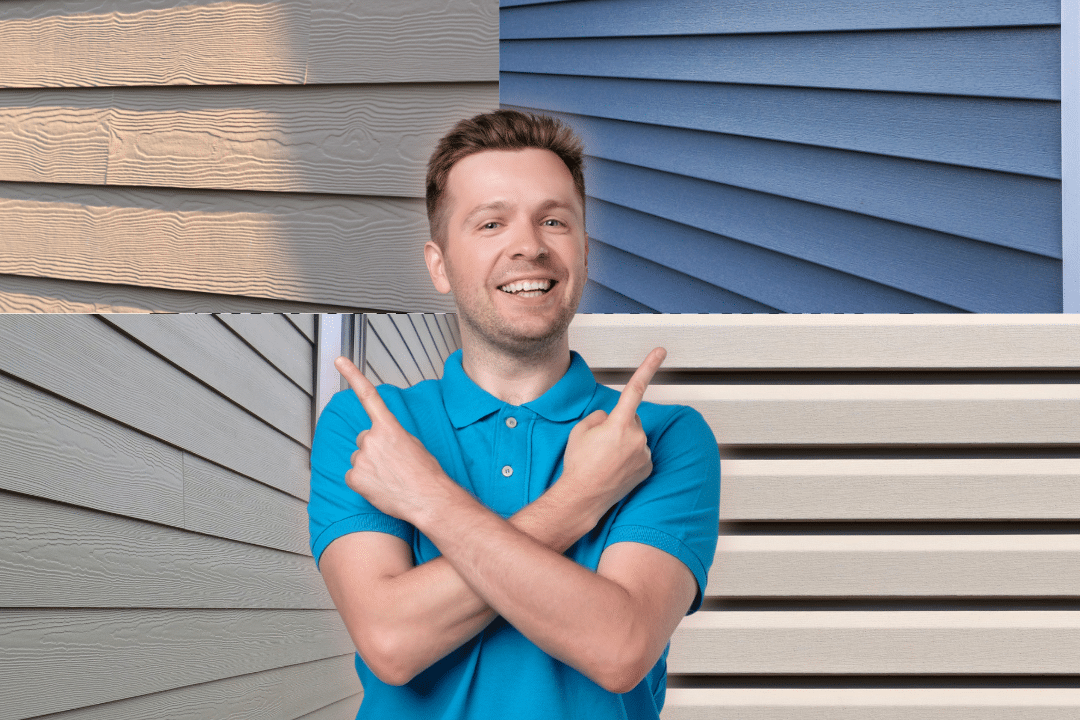When it comes to your home’s exterior, siding isn’t just about looks—it’s about protection, energy efficiency, and long-term value. Whether you’re building a new home or upgrading the old, choosing the right siding is essential to ensure your home stays stylish and resilient for years to come. So let’s dive into the top siding options for 2024, and explore how you can balance durability, aesthetics, and energy efficiency in one beautiful package.
Vinyl Siding: Affordable, Versatile, and Low Maintenance
Vinyl siding is like the Swiss Army knife of home exteriors—it’s affordable, durable, and comes in an endless variety of colors and styles. This makes it a top choice for many homeowners who want a quick facelift for their home without breaking the bank. Plus, vinyl is super low-maintenance—no painting required. It holds up well in most climates, though extreme heat can cause warping.
However, it’s not the most eco-friendly option, so if you’re big on sustainability, you may want to consider other materials. But for a budget-friendly option with great curb appeal, vinyl’s hard to beat.
Fiber Cement Siding: The Durable Wood-Look Alternative
If you’re after the timeless beauty of wood siding but don’t want the headache of constant maintenance, fiber cement is your go-to. Made from a mix of cement, sand, and cellulose fibers, fiber cement can mimic the look of wood while being far more resistant to the elements. This stuff is tough—it’s resistant to fire, pests, and rot, which is why you’ll often see it used in areas prone to wildfires or heavy rain.
While it’s pricier than vinyl, fiber cement siding makes up for it in longevity—it can last up to 50 years with proper care. On top of that, it’s a surprisingly energy-efficient choice, especially when paired with good insulation. Its dense material helps reduce heat transfer, keeping your home cooler in summer and warmer in winter.
Metal Siding: Modern, Durable, and Eco-Friendly
If you’re going for that sleek, modern look, metal siding is where it’s at. Available in aluminum, steel, or even copper, metal siding adds instant curb appeal while offering unmatched durability. Steel, in particular, is resistant to dents, fire, and pests, making it a long-lasting option that requires minimal maintenance.
Metal siding is also one of the most eco-friendly choices out there. Not only is it often made from recycled materials, but it’s also fully recyclable at the end of its long lifespan (50+ years, depending on the type). It’s also highly reflective, which helps improve your home’s energy efficiency by bouncing heat away during the hot summer months.
Wood Siding: Classic Charm with a Rustic Touch
There’s no denying the classic charm of wood siding. Whether you choose cedar shakes, clapboard, or board-and-batten, wood adds a warm, natural look to any home. Cedar and redwood are popular choices due to their natural resistance to decay and insects, but keep in mind that wood siding requires regular maintenance—think painting, staining, and sealing to protect it from weather damage.
The good news? If maintained properly, wood siding can last for decades. It’s also a more sustainable choice if you go for responsibly harvested woods. For homeowners who love the rustic, cozy look, the upkeep is often well worth it.
Stone Siding: The Ultimate in Durability and Style
When it comes to sheer longevity, stone siding takes the crown. Whether you’re using natural stone or a manufactured veneer, this material provides a timeless, luxurious look that’s also incredibly durable. Stone siding is weather-resistant, pest-resistant, and can last over a hundred years with minimal upkeep.
It’s one of the more expensive options, but when you consider how long it lasts and how little maintenance it needs, stone is an investment that pays off over time. Plus, it offers superior insulation, helping to keep your home comfortable year-round.
Engineered Wood Siding: The Best of Both Worlds
Engineered wood is a relatively new player on the market but is gaining popularity fast. It offers the look of natural wood but without the drawbacks of high maintenance and susceptibility to rot. Made from wood fibers and resins, this material is treated to withstand the elements, pests, and decay, making it a great alternative for those who want the beauty of wood without the hassle.
Not only is it durable and relatively affordable, but it also tends to be more environmentally friendly than traditional wood, as it makes use of wood byproducts. It’s a solid middle-ground option for homeowners who want style and performance without a hefty price tag.
Stucco Siding: Tried and True for Dry Climates
Stucco has been around for centuries, and for good reason. It’s durable, low-maintenance, and perfect for homes in hot, dry climates. Stucco siding creates a smooth, seamless finish and can be tinted to any color, which means no repainting is needed. It’s also fire-resistant and can withstand heavy winds, making it ideal for areas that experience extreme weather.
The downside? Stucco doesn’t fare as well in wet climates where it can absorb moisture and crack over time. But in the right environment, it’s a tough and attractive option that brings a touch of Mediterranean flair to your home.
Mixed Material Siding for Modern Homes: Style Meets Function
One of the biggest trends in modern home design is mixing different types of siding to create visual interest and depth. You might see a combination of metal and wood, or stone paired with fiber cement. This approach allows you to play with textures and colors, creating a dynamic exterior that feels fresh and contemporary.
Mixing materials can also be functional—using stone or fiber cement on lower portions of your home adds durability in high-impact areas, while lighter materials like wood or metal can be used for accents.
Choosing the Right Siding for Your Home
When it comes to picking the right siding for your home, there’s no one-size-fits-all answer. Consider factors like your climate, budget, and how much maintenance you’re willing to take on. If you live in an area with harsh weather, durability should be your top priority. If you’re focused on sustainability, look for options like fiber cement, metal, or engineered wood. And if aesthetics are key, don’t be afraid to mix materials to create a look that’s uniquely yours.
Ready to Protect Your Home Even Further?
Choosing the right siding is just one part of keeping your home looking great and standing strong for years to come. But if you’re dealing with issues like water damage, cracks in your exterior, or need professional masonry work, you don’t want to leave it to chance. At Rainstorm Waterproof & Masonry, we specialize in keeping your home safe from the elements while enhancing its beauty. Whether it’s waterproofing, foundation repair, or expert masonry services, we’ve got you covered. Get in touch with us today to make sure your home is built to last—rain or shine!
FAQs
What is the best type of siding for a modern home?
The best siding for a modern home depends on your preferences for style, durability, and maintenance. Fiber cement and metal siding are popular for modern homes due to their clean lines, durability, and low maintenance. Vinyl siding is also versatile and affordable, making it a solid option for many homes.
How does fiber cement siding compare to wood siding?
Fiber cement siding mimics the appearance of wood but requires far less maintenance and is more resistant to fire, rot, and pests. While wood siding offers natural beauty, it demands regular upkeep like painting or staining. Fiber cement siding, on the other hand, can last up to 50 years with minimal maintenance.
Is metal siding energy efficient?
Yes, metal siding is energy efficient due to its reflective properties, which help to keep your home cooler in the summer. When paired with proper insulation, metal siding can contribute to lowering energy costs and improving the overall efficiency of your home.
What are the benefits of choosing stone siding for my home?
Stone siding offers superior durability, weather resistance, and longevity. It’s an investment upfront but can last over a hundred years with little to no maintenance. Additionally, stone siding provides excellent insulation, helping to improve energy efficiency in your home.
How can basement waterproofing prevent flooding in my home?
Basement waterproofing involves sealing cracks, installing drainage systems, and using protective barriers to prevent water from entering your basement. This can significantly reduce the risk of basement flooding during heavy rains or snowmelt, protecting your foundation and interior spaces.
When should I consider basement crack repair?
You should consider basement crack repair as soon as you notice any cracks forming in the walls or floors. Left untreated, these cracks can allow water to seep in, leading to basement flooding and structural damage over time.
What services are included in chimney repair and rebuild?
Chimney repair and rebuild services typically include brick and mortar repairs, flashing replacement, crown repair, and tuckpointing. Rebuilding involves a complete overhaul of the chimney structure, especially if it has deteriorated beyond repair due to weather or age.
How often should I have my gutters, soffit, and fascia inspected?
It’s recommended to inspect your gutters, soffit and fascia at least once or twice a year, ideally in the spring and fall. This helps to prevent clogging, water damage, and pest infestations, which can compromise your home’s exterior and foundation.
Why are driveways and walkways important for home maintenance?
Well-maintained driveways and walkways improve curb appeal and ensure safety. Cracked or uneven surfaces can lead to accidents, water pooling, and foundation damage over time. Regular repair and sealing help extend their lifespan and protect your home’s exterior.
What is the purpose of a sump pump, and when should I install one?
A sump pump is installed in the basement to prevent flooding by directing water away from the foundation. If your home is in an area prone to heavy rainfall or you notice excess moisture in your basement, installing a sump pump can help protect against water damage.
What is the best solution for repairing steps and stairs outdoors?
Repairing outdoor steps and stairs often involves resetting loose stones or bricks, reinforcing weak structures, and sealing cracks. It’s important to fix these issues promptly to avoid accidents and further deterioration from weather exposure.

